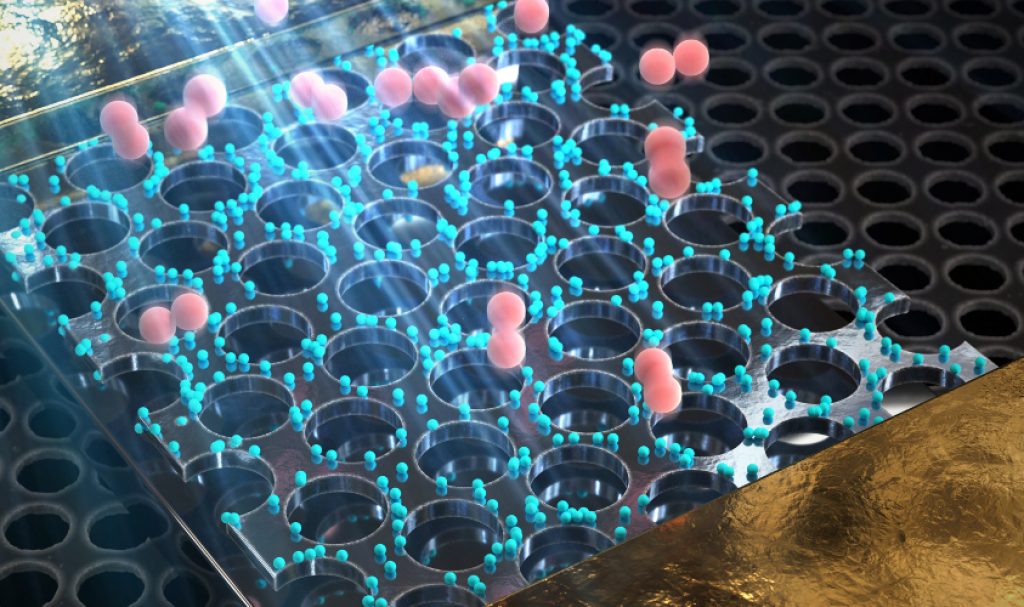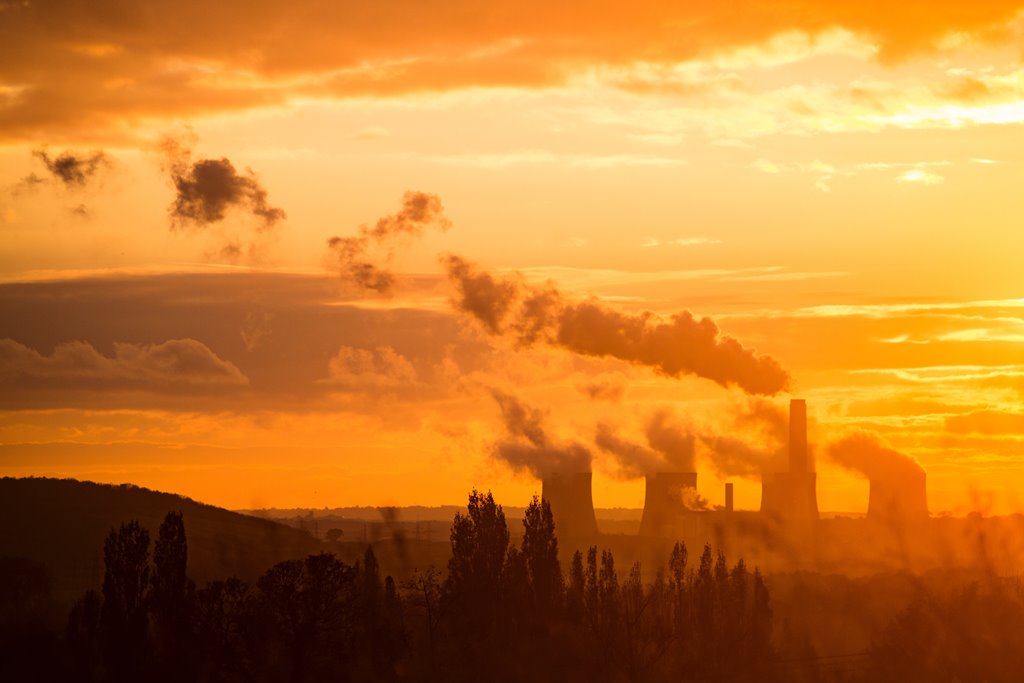A collaboration from the University of Illinois and the University of California is peeking into ways to use biological enzymes to generate Hydrogen gas.
Hydrogen Gas, an eco-friendly energy source
Hydrogen gas is an essential source of energy and a potential alternative to clean energy fuel. It has a high energy density and minimal greenhouse emission after combustion.
A recent study from a research collaboration between the University of Illinois and the University of California focuses on generating renewable hydrogen through biological sources. The process is called biohydrogen.
The discovery leans toward a hydrogen fuel industry at a global scale which is sustainable and at the same time environmentally friendly.
As of today, hydrogen fuel comes from fossil fuels through a procedure called the thermochemical process. And we all know that anything related to fossil fuels is a threat to the environment. Researchers are doing their best to come up with a product which is enticing to the green fuel market.
As a response to the call for eco-friendly renewable energy sources, scientists started to look into biologically synthesized hydrogen as an option.
Biological enzymes can be more efficient compared to other man-made processes.
The use of biological enzymes
Chemists labeled the biological enzymes responsible for making and burning hydrogen gas as hydrogenases. Currently, there are two varieties, namely iron-nickel and iron-iron, named after the active elements instigating the chemical reactions.
Researchers are emphasizing the iron-iron variety due to its faster reaction time, making the study more efficient.
Here are some general information generalized from tinkering with several enzymes:
- Enzyme sites are assembled using ten parts
- Four Carbon Monoxide molecules
- Two Cyanide ions
- Two Iron ions
- Two groups of Cysteine, a Sulfur-containing Amino acid
- The enzymes engine consists of two identical chambers having five chemicals each
- Two Carbon Monoxide molecules
- One Cyanide ion
- One Iron ion
- and one Cysteine group
- Previous research suggests that an active site engine consists of 11 elements
- Researchers are still finding that one final element to fit in with the other enzymes
Chemist professor and co-author, Thomas Rauchfuss stated:
The primary purpose of this study is to envision real enzymes producing hydrogen gas, but it still way beyond our knowledge on how to reproduce the results and test inside the laboratory.
Industrial uses of hydrogen
Hydrogen is used in the manufacture of two of the most important chemical compounds made industrially, ammonia and methanol. It is also used in the refining of oil, for example in reforming, one of the processes for obtaining high-grade petrol and in removing sulfur compounds from petroleum which would otherwise poison the catalytic converters fitted to cars.
In years to come, hydrogen itself may become one of the most important fuels for cars as on burning it does not produce carbon dioxide, but there are major problems to be overcome before it can be used in this way. These include its manufacture, storage, distribution and how it can be used efficiently in cars. Major industrial uses of hydrogen gas are shown in the graph below.

Feature image by AsianScientist







